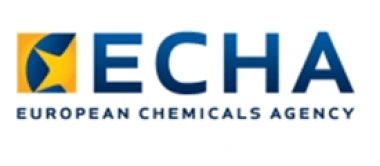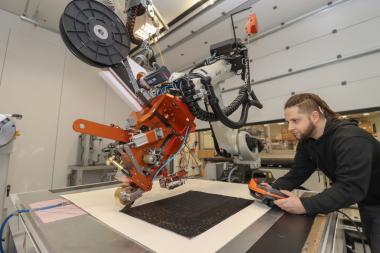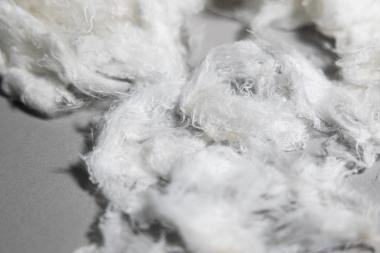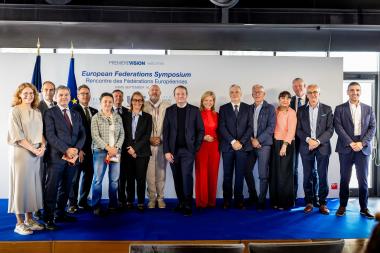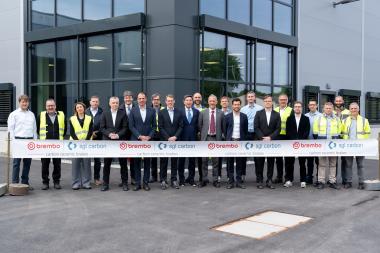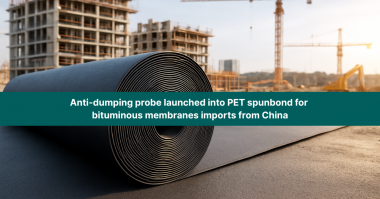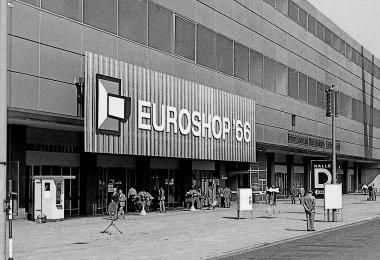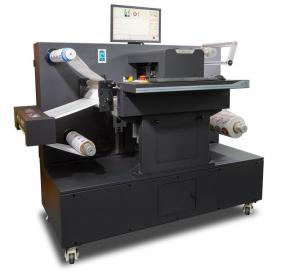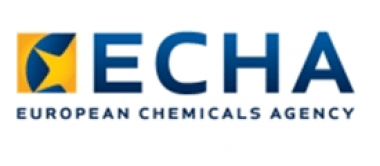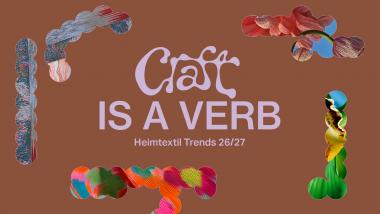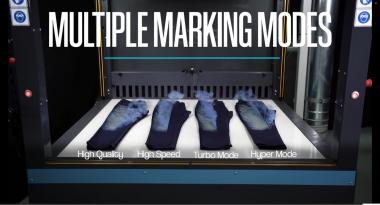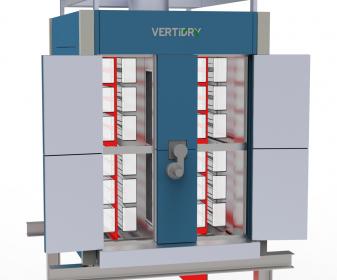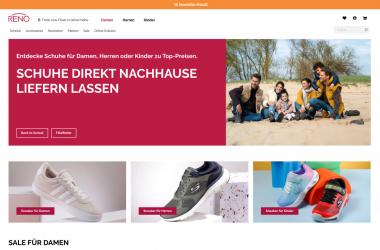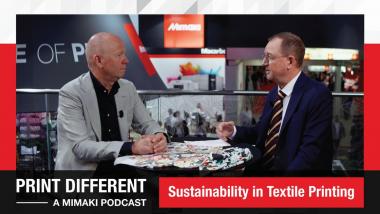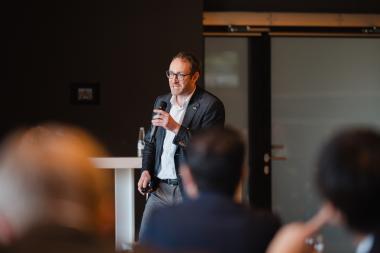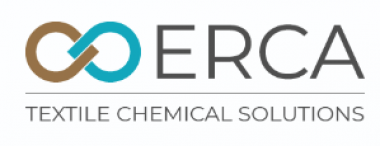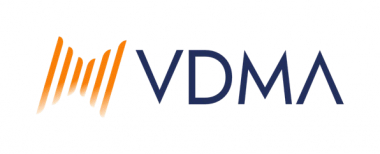Third expansion of ECHA’s new chemicals database: Including regulatory data
The third expansion of ECHA’s new chemicals database, ECHA CHEM, incorporates overviews of different regulatory activities by authorities and the resulting outcomes.
ECHA maintains the largest chemicals database in the European Union (EU), combining industry-submitted data with information generated in the EU’s regulatory processes.
The regulatory data includes information from various pieces of legislation under ECHA’s remit. Visibility of authorities’ regulatory activities on specific chemicals and resulting actions help stakeholders to effectively participate in the decision-making process via consultations, and comply with the laws concerning the chemicals they use.
Peter van der Zandt, Director of Risk Management, said:
“Transparency and predictability of the EU’s regulatory activities are a cornerstone of well-functioning chemicals regulation. We have now made this regulatory information available in a consistent manner and in a more user-friendly format, allowing all impacted and interested parties to follow the authorities’ ongoing work.”
In this release, ECHA CHEM incorporates regulatory processes and lists from four chemicals regulations and directives:
REACH Regulation
- The list of substances restricted under REACH and the restriction process;
- The Authorisation List and ECHA’s recommendations for including substances in the Authorisation List;
- Substances of very high concern (SVHC) and the Candidate List;
- Dossier and substance evaluation;
Drinking Water Directive (DWD)
- European positive lists (EUPL);
Classification, Labelling and Packaging Regulation (CLP)
- Annex VI - the list of substances with EU harmonised classification and labelling (CLH) and the CLH process;
Persistent Organic Pollutants (POPs) Regulation:
- The lists of substances subject to POPs Regulation and substances proposed as POPs.
These lists will, except for the new DWD European positive lists, also continue to be available under the Search for chemicals section on ECHA’s website. However, as ECHA CHEM continues to expand with more data sets, the old Search for chemicals pages will be gradually decommissioned.
European Chemicals Agency


